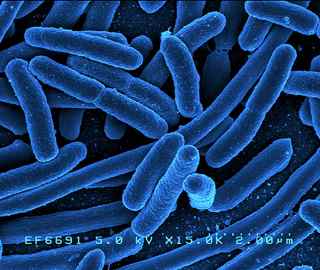
From Washington State Department of Health
Officials at the Washington State Department of Health are advising the public to avoid eating romaine lettuce harvested from the Salinas, California growing region.
Two Washington cases are now included in the multi-state outbreak of Shiga toxin-producing E. coli linked to romaine lettuce from this area, currently under investigation by the Centers for Disease Control and Prevention (CDC) and Food and Drug Administration (FDA).
“E. coli infections can cause serious complications and we want the public to be aware of the ongoing risk,” said Washington State Epidemiologist for Communicable Disease Scott Lindquist, MD. “Especially going into the Thanksgiving holiday, people should make sure to handle food safely and follow advice from the CDC and FDA on this outbreak.”
The latest advisory from CDC and FDA includes all types of romaine lettuce harvested from the Salinas, California growing region, such as whole heads of romaine, hearts of romaine and packages of precut lettuce and salad mixes which contain romaine. Most romaine lettuce products are labeled with the harvest location where they were grown.
E. coli are bacteria that normally live in the intestines of humans and animals. Although most strains are harmless, some can cause illness by making a toxin called Shiga toxin.
Symptoms of an E. coli infection include diarrhea, stomach cramps and blood in the stool. There is usually no fever. If you or a member of your family are having these symptoms, please contact your health care provider right away.
Here’s what you need to know to keep yourself and your family safe:
- Do not eat and discard any romaine lettuce harvested from Salinas, California.
- Packaged romaine lettuce will be labeled as grown in the Salinas, California growing region.
- If it isn’t labeled with a growing region, don’t buy it or eat it.
- Contact a healthcare provider if you have symptoms of an E. coli infection, including severe stomach cramps, diarrhea (often bloody) and vomiting.
- Wash and sanitize drawers or shelves in refrigerators where discarded romaine lettuce was stored.
- Hydroponically- and greenhouse-grown romaine (which is voluntarily labeled as “indoor grown”) from any region does not appear to be related to the current outbreak.
More details on the outbreak are available on the CDC website. For more food safety tips, visit the DOH website.
The DOH website is your source for a healthy dose of information. Find us on Facebookand follow us on Twitter. Sign up for the DOH blog, Public Health Connection.


